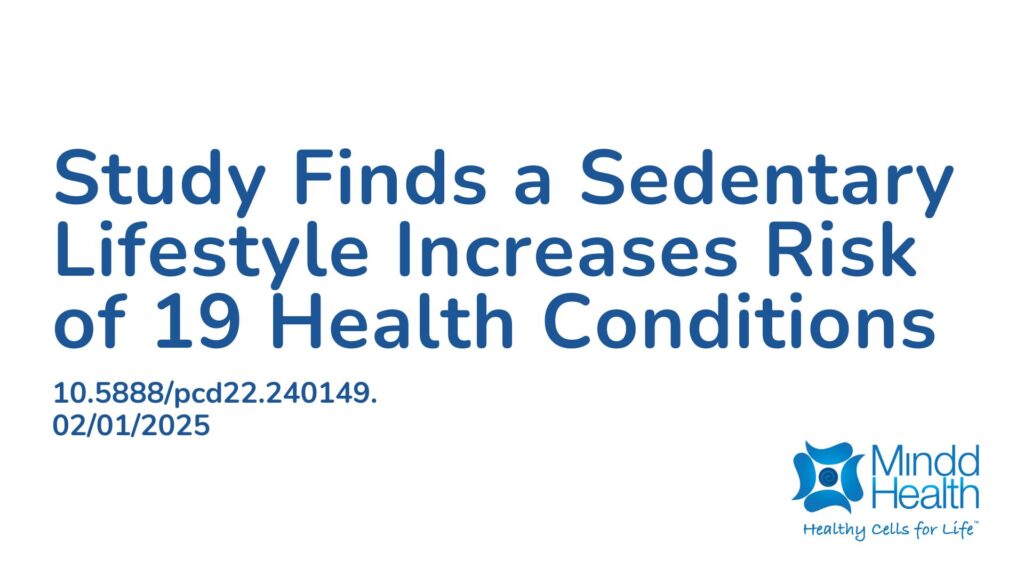Summary:
Not getting enough exercise is a major risk factor for chronic diseases and early death, yet physical activity is rarely assessed or managed in primary care settings. This study aimed to explore the importance of screening for physical inactivity by comparing the health profiles of patients who were screened versus those who were not. It also looked at the differences between patients who were inactive, insufficiently active, and active, based on the Exercise Vital Sign (EVS) questionnaire. The study included adult patients who attended hospital from November 2017 to December 2022. Data were gathered from electronic medical records and included exercise behavior, demographic details, resting pulse, healthcare visits, and disease diagnoses. Patients were categorized based on their reported weekly minutes of moderate to vigorous activity. Patients who were screened for inactivity had significantly lower rates of obesity, diabetes, and hypertension compared to those who were not screened. Among the screened group, active patients were found to have a reduced risk of 19 chronic conditions linked to inactivity, such as obesity, depression, hypertension, diabetes, and heart valve disease, compared to inactive or insufficiently active patients. The results highlight the increased health risks faced by inactive and insufficiently active patients and emphasize the importance of screening for physical inactivity. The findings also support the need to refer inactive patients to evidence-based lifestyle counseling programs to improve their overall health and reduce the risk of chronic diseases.
Abstract:
Introduction. Physical inactivity is a major health risk factor for multiple chronic diseases and early death. Despite evidence supporting diet and physical activity behavioral counseling interventions, physical inactivity is rarely measured or managed in primary care. A need exists to fully explore and demonstrate the value of screening patients for physical inactivity. This study aimed to 1) compare health profiles of patients screened for inactivity versus patients not screened for inactivity, and 2) compare health profiles of inactive, insufficiently active, and active patients as measured by the Exercise Vital Sign screener. Methods The study sample comprised adult patients attending a well visit from November 1, 2017, through December 1, 2022, at a large midwestern university hospital. We extracted data from electronic medical records on exercise behavior reported by patients using the Exercise Vital Sign (EVS) questionnaire. We extracted data on demographics characteristics, resting pulse, encounters, and disease diagnoses from PCORnet Common Data Model (version 6.1). We used the Elixhauser Comorbidity Index to determine disease burden. We compared patients with complete and valid EVS values (n =7,261) with patients not screened for inactivity (n = 33,445). We conducted further comparisons between screened patients reporting 0 minutes (inactive), 1 to 149 minutes (insufficiently active), or ≥150 minutes (active) minutes per week of moderate-vigorous physical activity. Results: Patients screened for inactivity had significantly lower rates of several comorbid conditions, including obesity (P < .001), diabetes (P < .001), and hypertension (P < .001) when compared with unscreened patients. Compared with insufficiently active and inactive patients, active patients had a lower risk of 19 inactivity-related comorbid conditions including obesity (P < .001), depression (P < .001), hypertension (P < .001), diabetes (P < .001), and valvular disease (P < .001). Conclusion: These findings suggest inactive and insufficiently active patients are at increased risk for multiple inactivity-related chronic conditions. These findings further support existing recommendations that inactive patients receive or be referred to evidence-based lifestyle behavioral counseling programs.
Article Publication Date: 02/01/2025
DOI: 10.5888/pcd22.240149.




